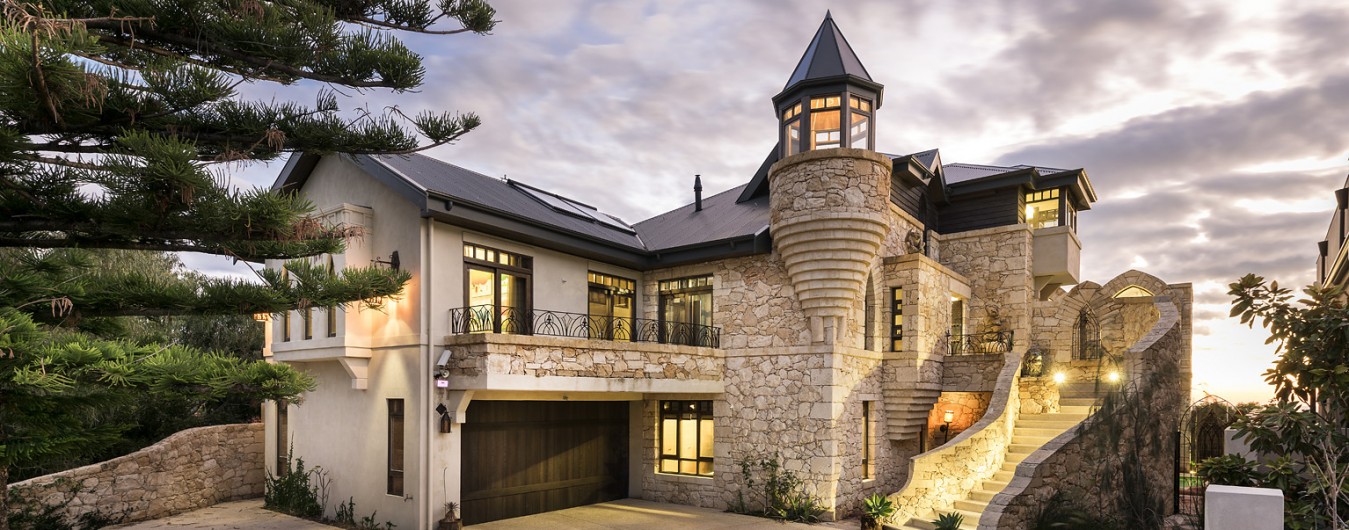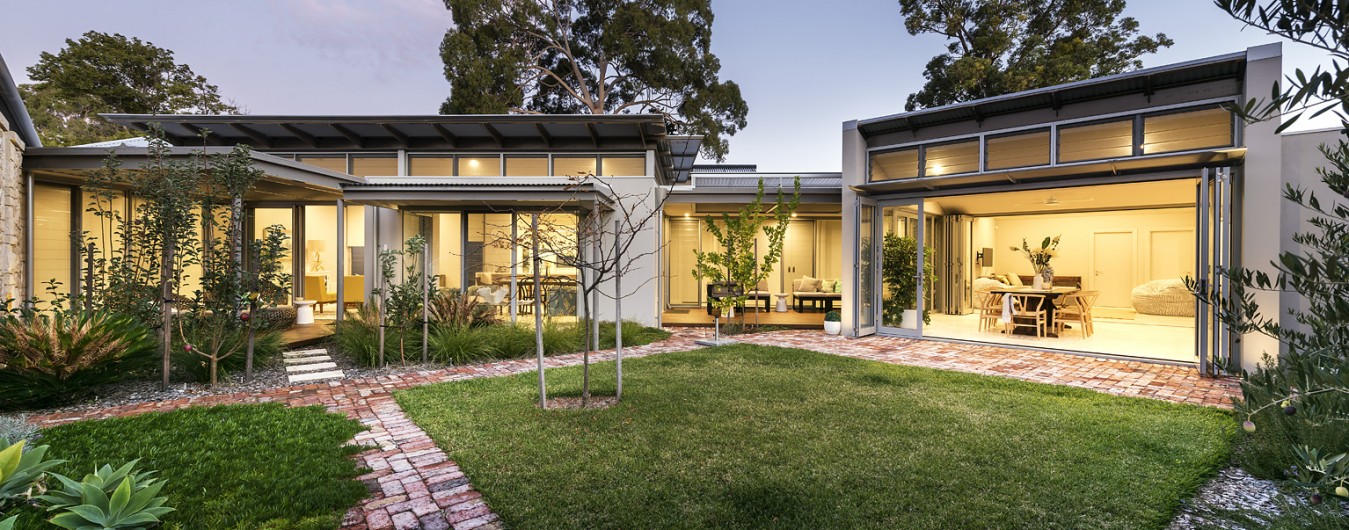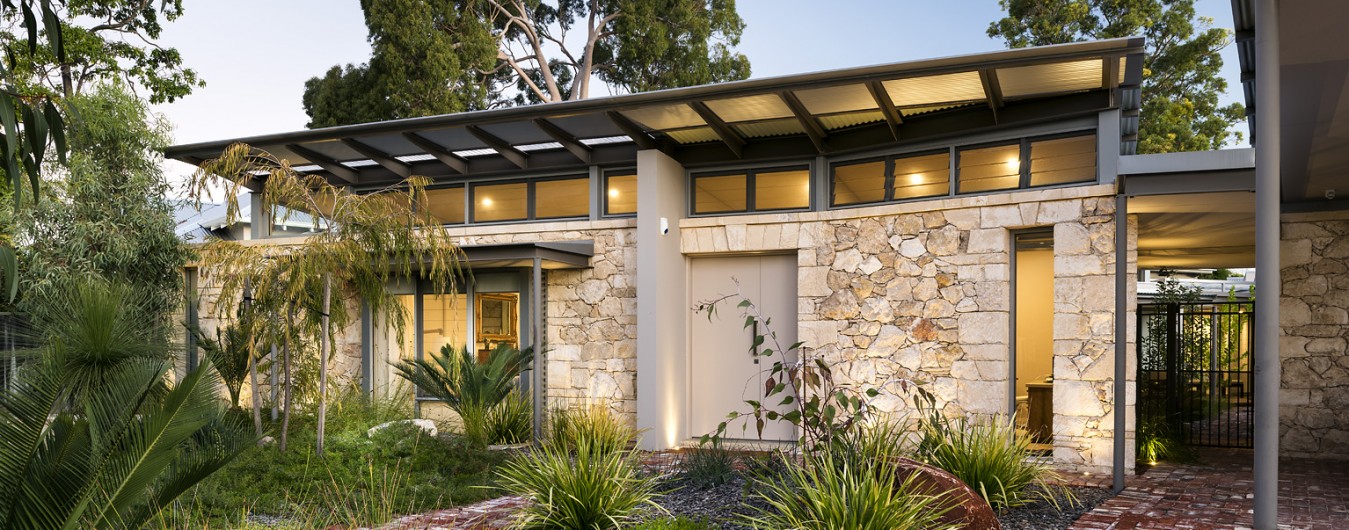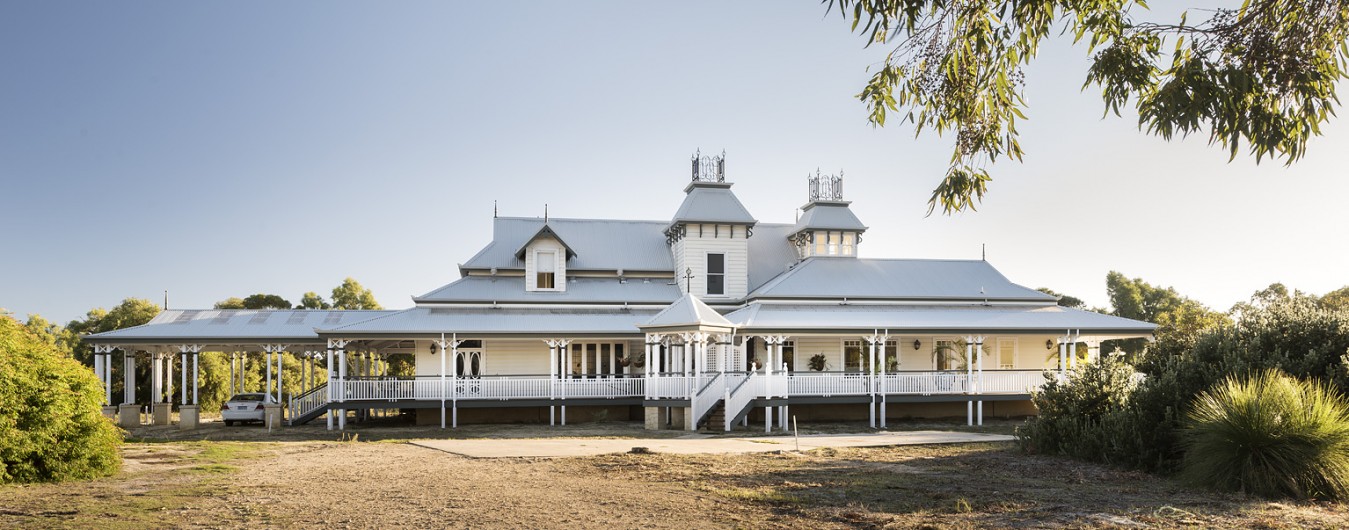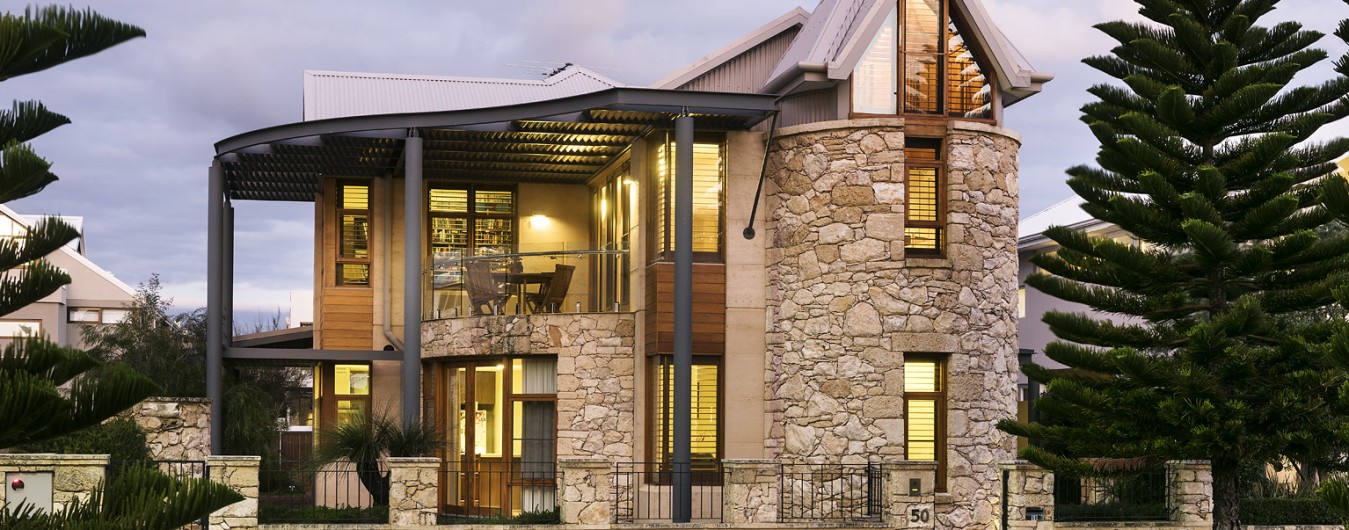Climate Change – A Change in Architectural Education
22 March 2010
Sasha Ivanovich, FRAIA
Architect
Climate change and the proposition that human activity is instrumental in climate change brings to the fore the whole discourse on our responsibility for the future we are creating for our children and all life on our planet. It also implies a new direction in teaching architecture.
The making of architecture has always been contingent on meanings vested in the cultures from which it has sprung. As we understand the world, so we create it. The complexities of our predominant world culture, is equally reflected in our making of architecture. It has been said that in our modern world, the idea of the meta-narrative, a single unifying way to interpret the world, has been replaced with a ‘post modernist’ multiplicity of narratives and in architecture, an apparent freedom to invest meaning with ideas vested with equal value, freely chosen by the author/s.
Access to information through the internet and for architecture, access to information on technologies, building systems and building practices has also affected architecture making as we see it around us today. It is subsumed that the 21st century architect/designer need only download building systems, techniques and specifications to give flesh to the form, container or functional program required by a project and identified by him.
Computer aided drafting systems in their common form are conducive to architecture making reliant on the most accessible drafting processes and outcomes. The effect is increasingly more evident in mainstream architectural work.
The erosion of traditional values originating in a pop-culture interpretation of post-modernism mediated by a ‘menu-download’ architecture making process may breed an architectural profession well suited for a self-generated ‘virtual reality’ culture, a ‘brave new world’ arising in the core of our 21st century city.
Climate change is our awakening from our virtual reality to the real world – living with nature and not against nature, awakening to the reality in which we are part of this nature and symbiotically enmeshed with it. In architecture, this awakening would mean a radical change. Architectural design as a process of research investigation and innovation needs to replace the current practice of collage and assembly of market elements, prevalent in the industry. As if we need to come to earth from our self-created virtual reality, we need to learn again that we are breathing living beings, totally interconnected with and inter-dependent on our environment and the living planet in which we have our being.
In practical terms and in architectural education, remaking is necessary around the fundamental idea of sustainability. Ideas are sustainable when they are based on the extensive knowledge of our heritage – scientific, cultural and spiritual, when they encompass the whole, when they consider the whole planet and are holistic rather than circumstantial and incidental.
For that, a new system of value needs to be created for the sourcing of ideas, components, and elements that make part of architecture making. If the internet is to remain as it will as a knowledge tool, the information needs to be critically appraised and a system developed to determine its true value, its sustainability value.
In architectural education, there will need to be a shift – from expediency – in some universities processing students for the evidence of desirable turnover and university income, to developing the student’s innate creativity, power of discrimination and responsibility for a sustainable world, from collage making and downloading to understanding of form, light, structure and the behaviour and nature of living and inanimate objects/materials. Perhaps it is a knowing of the world from within. Perhaps it is a new school for architects for the world to come.



